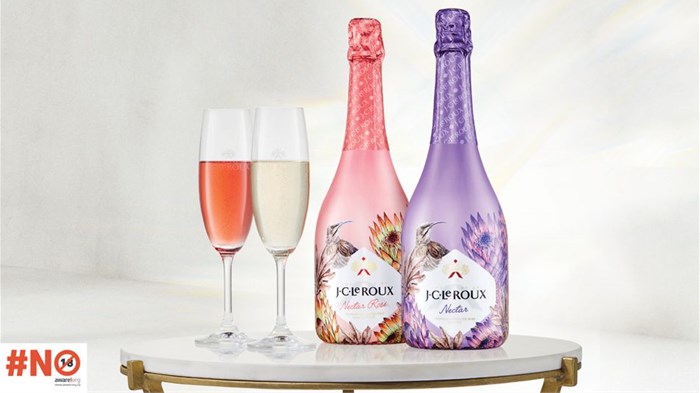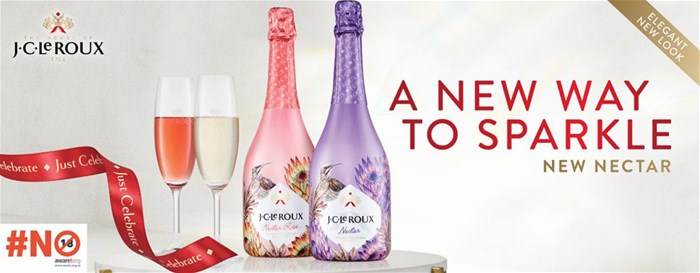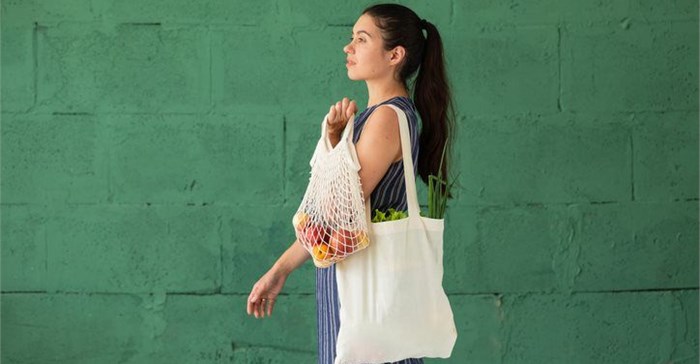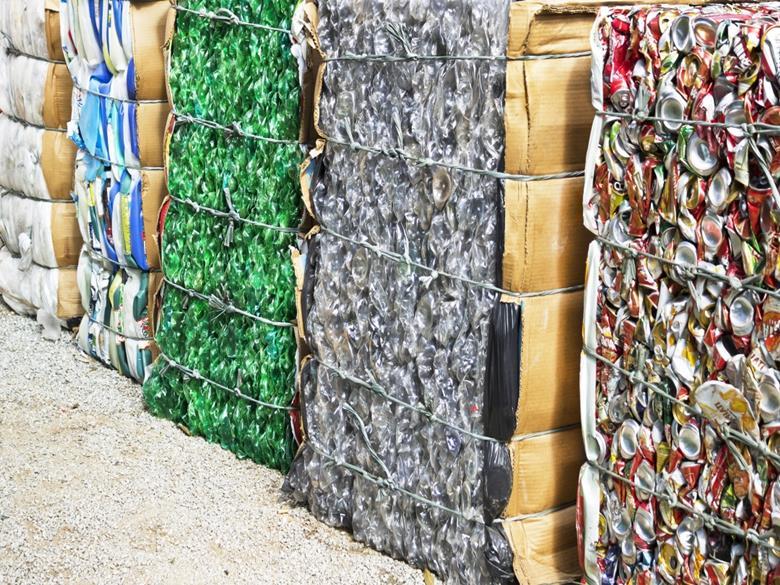AeroFlexx, a novel packaging for liquids that combines the best attributes of flexibles and rigids to create a new-to-the-world package form using an “air frame” design, has logged several milestones since 2020. That’s when it snagged a starring role on the world’s packaging scene by earning the Flexible Packaging Association’s Highest Achievement Award judged “as contributing most to the advancement of the industry.”
Andrew Meyer, CEO of AeroFlexx, tells us that the packaging is appropriate for “shampoo, conditioner, body wash, laundry care, dish and hand soaps, dressings, condiments such as mustard, ketchup, and mayo, sauces, dips, syrups, and stock concentrates.”
In December, the packaging was awarded the “Made for Recycling” seal from Interseroh. The AeroFlexx flexible bottle is one of the first packages to gain that designation receive the “Made for Recycling” for multiple countries across Europe that offer recycling for rigid polyethylene packaging, meaning consumers have the convenience of recycling AeroFlexx packages just like other widely recycled PE bottles.
Part of the Alba group, Interseroh is involved in all stages of the packaging cycle, from licensing and collection to sorting and processing plastics. The “Made for Recycling” designation was established by Interseroh in partnership with the German bifa environmental institute, which developed the criteria for recycling with a maximum of 20 possible points; Fraunhofer IVV affirmed the assessment method. Only products achieving 18 points or higher achieve the “Made for Recycling” title, with AeroFlexx receiving a 19 out of 20 rating from Interseroh.
“AeroFlexx is honored to be recognized,” says Meyer. “Our commitment to a circular economy is to proactively engage the industry to create an ecosystem whereby no AeroFlexx package ends up in the environment. This designation recognizes the collective commitment and effort across the entire AeroFlexx team as we believe we have an unwavering obligation to our customers, society and future generations to do our part to reduce environmental impacts without compromise on performance or the consumer experience.”
Interseroh notes that the term “recyclability” is understood to mean the extent to which the materials used to manufacture the product can be returned to the material loop at the end of the product’s useful life and therefore close the material loop. Interseroh utilizes a three-stage points system. In the first stage, it is determined whether the consumer can assign the packaging to the right collection system without any problems. In the second stage, how the packaging performs during the sorting process is assessed. In the third stage, an evaluation takes place as to how suitable the packaging is for recycling, and to determine if design features such as labels, colors or barriers make the recycling process more difficult.
Food safety certification.
In September 2021, AeroFlexx received BRC Global Standard for Food Safety Certification (AA grade) for the conversion of raw materials into packaging containers intended for liquid food, beverage, and consumer products. The Global Standard for Packaging Materials was designed to protect the consumer by providing a common basis for the certification of companies supplying packaging to food producers.
“The BRCGS standard is a globally recognized standard which qualifies AeroFlexx for the safety, legality and quality of the AeroFlexx pack,” Meyer points out. “It was important for AeroFlexx to achieve certification as we work with our customers to ensure that AeroFlexx meets the needs of the culinary and food service products market.
As part of the certification process, the BRCGS conducted an audit of AeroFlexx facilities in West Chester, OH, which included AeroFlexx’s operational systems and procedures being assessed against the requirements of the Standard by a third-party certification body.
Additional sustainable attributes.
Achieving recyclability recognition through Interseroh is just the first of many steps AeroFlexx is taking to ensure the packages are compatible with the recycling systems in both Europe and the Americas. Although recyclability is important to ensure customers and brands can achieve their circularity goals, that is not the only environmental attribute the AeroFlexx liquid package affords.AeroFlexx
Benefits for consumers include no-cap, one-step easy tear opening; one-handed precision dispensing to make product last longer; spill-free, self-sealing valve; no messy residue.
The liquid package is significantly lighter than competitors, reducing the amount of plastic used by at least 50% with the ability to incorporate recycled content for further reduction in virgin plastic use. These environmental benefits enable brands to close the loop and meet their circularity goals and progress toward greenhouse gas reduction and reducing waste to landfills.
“Samples are available for brands and customers looking to harness first-mover advantage with AeroFlexx,” explains Meyer. “Commercial scale volumes are expected to be available in the second half of 2022.”
Source:







